
Performance Analysis
With top-tier cards now reaching over £1,000 or more, the discrete GPU market taken as a whole makes the GTX 1660 look distinctly low-end or entry-level, but it’s still a £200+ part, something that not long ago would have qualified it as mid-range teetering on the edge of premium. Thankfully, it still offers solid performance credentials, and it will offer a great gaming experience at 1080p. There’s also enough horsepower for current-gen VR and to see you through a 1440p monitor upgrade, although we wouldn’t recommend it if you already are running this latter resolution.
Between the three GTX 1660s we’ve tested, there is no meaningful performance difference, and here we observed less than one percent deviation relative to the Palit and MSI GTX 1660s we’ve tested.
The next card up the stack where Nvidia is concerned is the GTX 1660 Ti, and a stock-clocked version of that performs on average 16 percent faster. That makes GTX 1660 a better value card, as the price difference between the two is larger at 23 percent using £210 the price of this card.
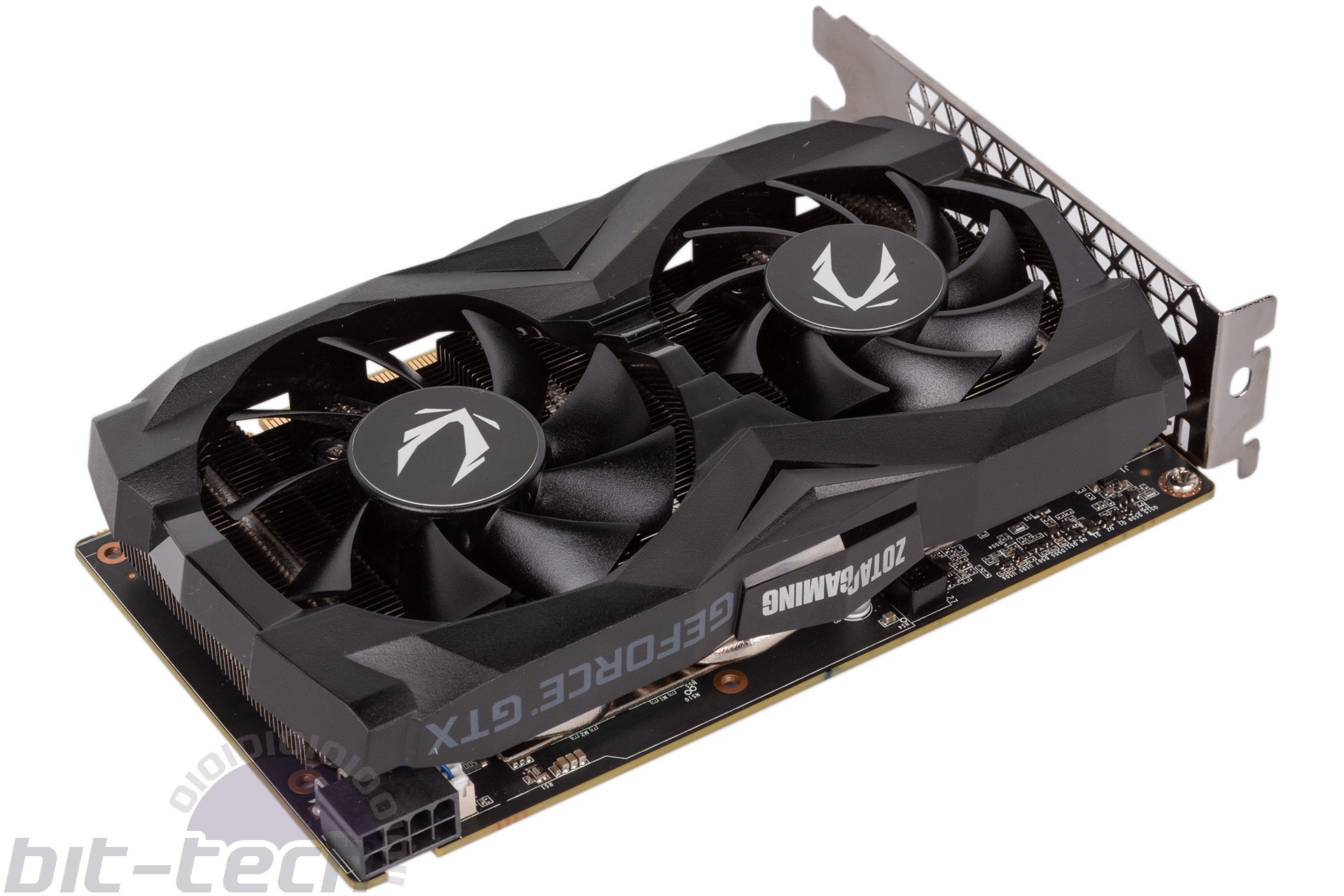
AMD comparisons are always game-dependent given how the different architectures and drivers respond differently to the various engines and APIs. In our games, Warhammers and Deus Ex favour the RX 590, for example, but Middle Earth and World of Tanks take a shine to green hardware more. If you’re worried about Nvidia’s card “only” having 6GB of memory, there is no real evidence from our game benchmarks that it impacts frame rates heavily, as upping the resolution doesn’t see performance tank. 4K testing might have revealed otherwise, but neither card has the core horsepower for that anyway. Meanwhile, Vega 56 is a solid 30 percent faster than this card on average, and that’s a relevant comparison since third-party ones can be had for £270 at the time of writing.
The clock speed of this card was 1,905MHz for the most part when under load, but we saw occasional dips to 1,890MHz. This leaves Palit’s card looking a little stronger (at least with the samples we had), as that managed 1,920MHz consistently in the same testing. As shown, however, this doesn’t make for any meaningful performance difference, and we can't guarantee these figures will apply equally to all cards.
Power consumption is where you’d expect it to be, and here the competing AMD hardware has no hope of matching Nvidia’s efficiency.
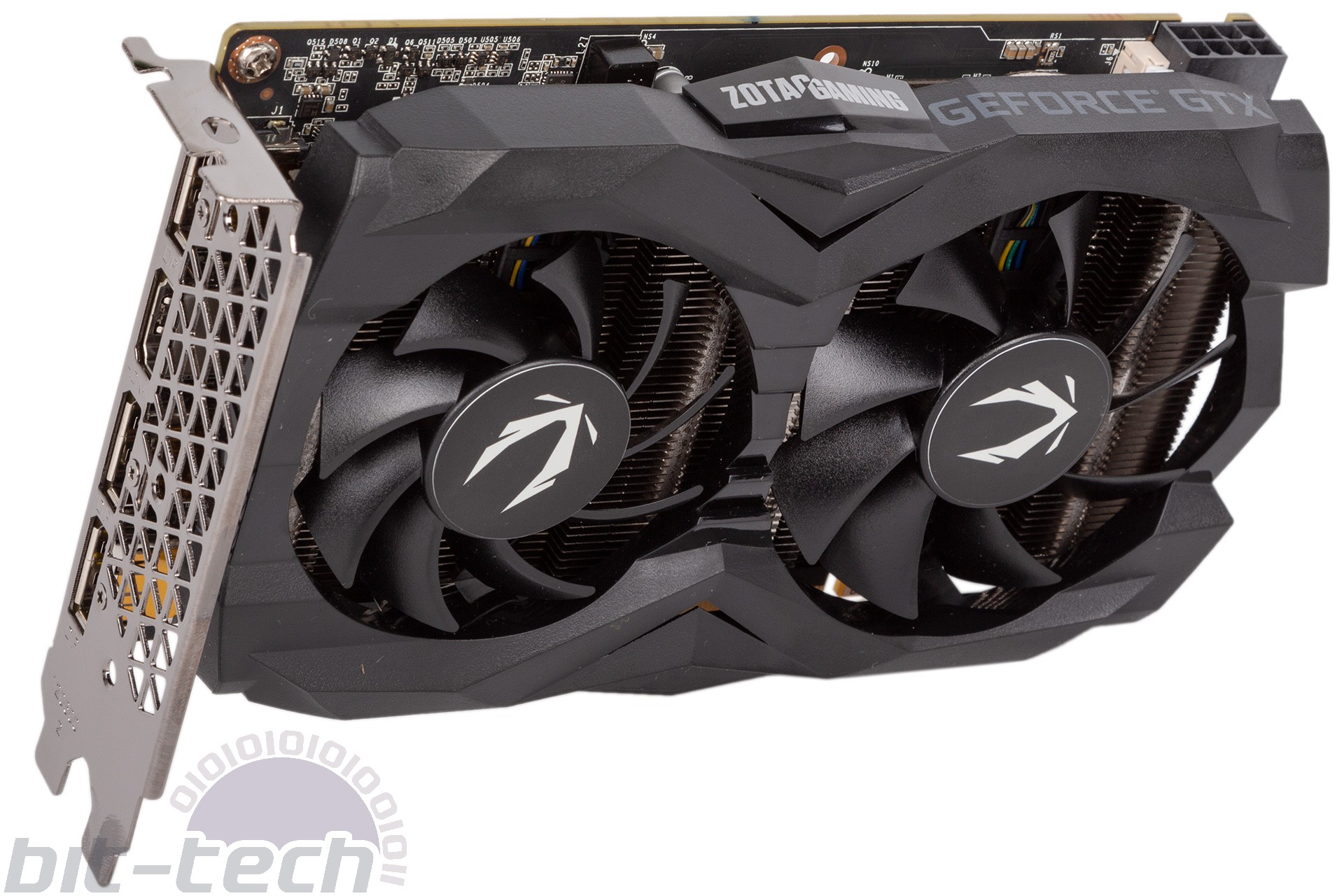
We observed fan speeds hitting around 2,050 RPM (56 percent cycle) under sustained load, which was not problematic in terms of noise. The card idles closer to 1,400 RPM, which is very quiet.
Our sample overclocked very nicely, delivering clock speeds in exceed of 2GHz and jumping up by 12-15 percent in performance terms, inching past a stock-clocked GTX 1660 Ti in Wolfenstein II. The silicon lottery will still determine your own results more than anything else, but it shows the power circuitry is up to scratch if you get a decent chip.
Conclusion
As a basic offering of the GTX 1660, Zotac’s card offers stock performance for reference pricing. Extra niceties are few and far between (no semi-passive fans, no backplate, no lighting, etc.), but the card is cool, quiet, and efficient, and the power circuitry can handle a decent overclock. When spending £210, we can’t ask for much more than that, and it’s a solid card for anyone currently gaming at 1080p who has an eye on a 1440p upgrade down the line. Its size and low power requirements also mean it'll be an easy switch for most (but not all) PCs.


MSI MPG Velox 100R Chassis Review
October 14 2021 | 15:04

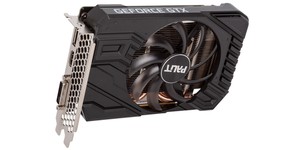
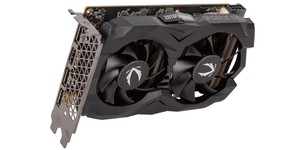
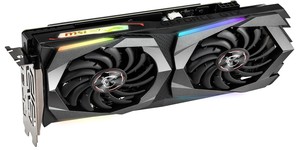




Want to comment? Please log in.